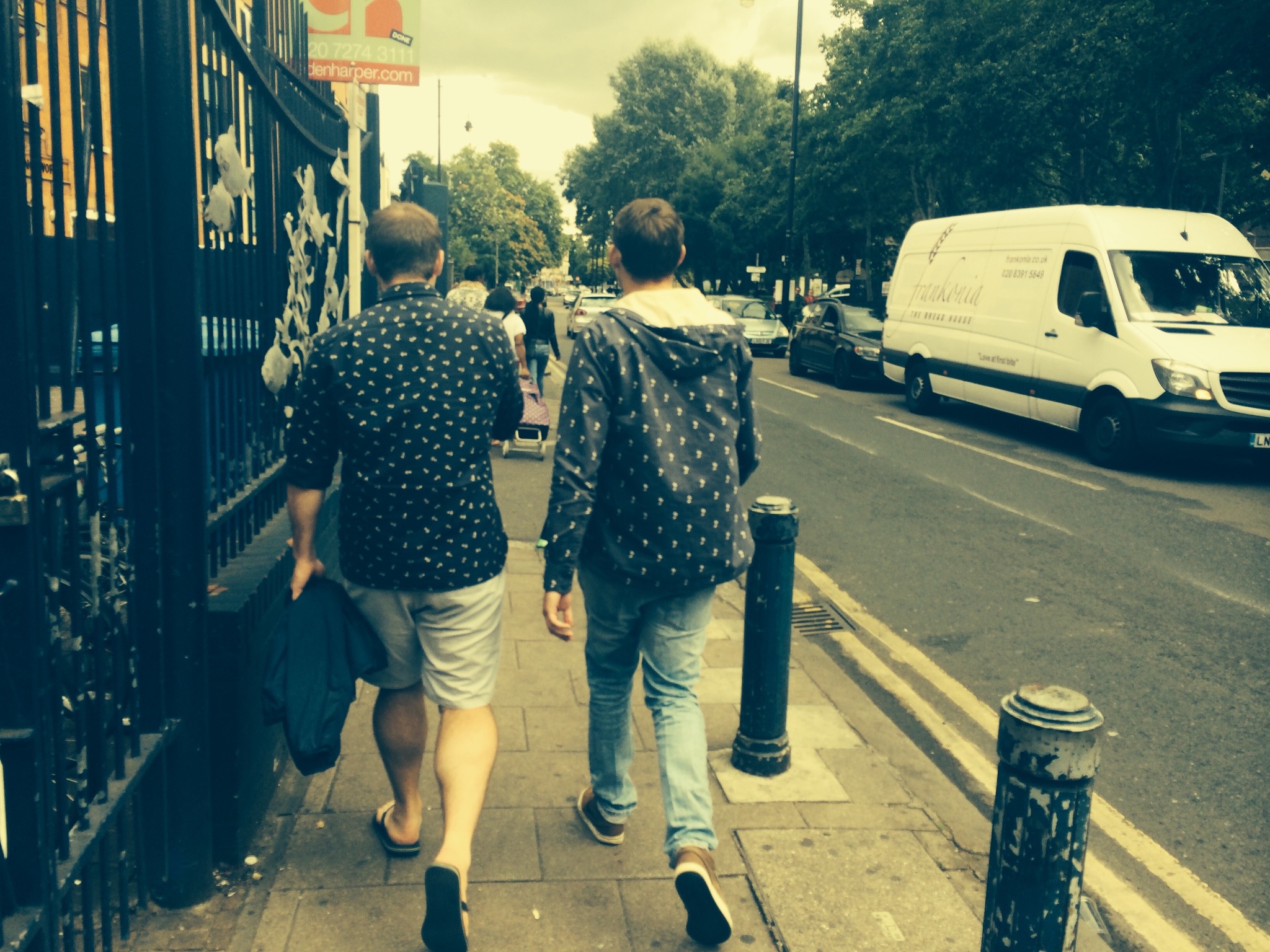I’m curious about photographing on the tube! For those of you who do it, how do you approach it?
Photography is a hobby of mine, and I’d love to take more pictures on the tube, but I’m unsure how to proceed. I often worry about being confronted by staff or being misunderstood by others, which makes me hesitant to try. Yet, I see many amazing photos taken in the tube, so I know it can be done.
I’m aware of the basics, like avoiding flash and not photographing random passengers, but I’m unclear about other guidelines. Do I need permission to take photos? Can I use my DSLR? For those experienced in tube photography, how do you go about it without facing any issues? Thanks for your insights!


It’s great to hear that you’re interested in exploring photography on the tube! Here are a few tips that might help you navigate the process while feeling more confident:
Understand the Rules: Generally, private photography in public transport systems is allowed, but specific rules can vary. In London, for example, you’re usually okay to take photos for personal use, but commercial photography may require a permit. It’s definitely worth checking the website of the transport authority in your area for their specific guidelines.
Timing: Choose your times wisely. Early mornings or late evenings tend to be less crowded, making it easier to shoot without drawing attention.
Equipment: While using a DSLR is fine, consider a smaller camera or even your smartphone to be more discreet. This can help you avoid attracting too much attention.
Be Respectful: If you see staff or security, it’s good practice to politely inform them about your photography. This can ease any concerns and make the process smoother. Additionally, if you’re photographing people, try to avoid capturing any identifiable faces without permission to respect their privacy.
Focus on Composition: Plan your shots ahead. Look for interesting angles, lights, and reflections that can tell a story without needing to photograph people directly.
Blend In: Act casual—if you seem like you know what you’re doing (and aren’t being disruptive), you’re less likely to draw unwanted attention.
It’s Okay to Ask: If you’re unsure about a specific area or situation, don’t hesitate to ask staff members. They can provide guidance on what’s allowed.
Remember, the goal is to enjoy your photography while respecting the space and the people around you. Happy shooting!